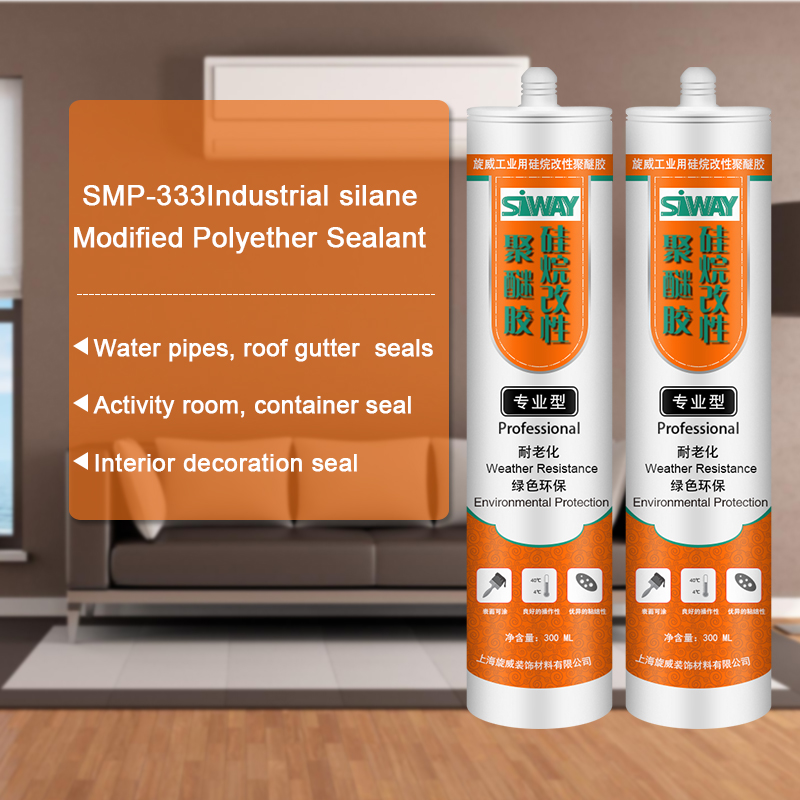OEM Manufacturer SV-777 silicone sealant for stone Export to Denmark
Short Description:
Description SV-777 silicone sealant for stone, is an elastomer sealant in modulus, single. Waterproof joints need to be sensitive to natural stone, glass and metal building clean appearance panel for sealing design, it to the moisture in the air after curing in contact, the formation of elastic rubber sealing performance, durability, weather resistance, good combination with most building materials. Key Features 1. 100% silicone 2. Minimized fluid migration 3. Low dirt pick up 4. Water &...
Fast and good quotations, informed advisers to help you choose the correct product that suits all your needs, a short production time, responsible quality control and different services for paying and shipping affairs for OEM Manufacturer SV-777 silicone sealant for stone Export to Denmark, We are looking forward to establishing cooperative relationships with you. Please contact us for more information.
Description
SV-777 silicone sealant for stone, is an elastomer sealant in modulus, single. Waterproof joints need to be sensitive to natural stone, glass and metal building clean appearance panel for sealing design, it to the moisture in the air after curing in contact, the formation of elastic rubber sealing performance, durability, weather resistance, good combination with most building materials.
Key Features
1. 100% silicone
2. Minimized fluid migration
3. Low dirt pick up
4. Water & weatherproof
5. Primerless adhesion to most building materials
6. 25% movement capability
Basic Application
1.Stone curtain wall sealing
2.Engineering ceramic sealing
3.Stone and other materials such as glass, metal seam sealing
4.Other uses
Technical data sheet
| Test standard | Test project | Unit | value |
| Before curing——25℃,50%R.H. | |||
| ASTM C 679 | Flow, sagging or vertical flow | mm | 0 |
| VOC | g/L | <80 | |
| GB13477 | surface drying time(25℃,50%R.H.) | min | 30 |
| Curing time(25℃,50%R.H.) | Day | 7-14 | |
| Sealant curing speed and operating time will have different with different temperatures and temperature, high temperature and high humidity can make sealant curing speed faster, rather low temperature and low humidity are slower.21 days after curing——25℃,50%R.H. | |||
| GB13477 | Durometer Hardness | Shore A | 30 |
| GB13477 | The ultimate tensile strength | Mpa | 0.7 |
| Temperature stability | ℃ | -50~+150 | |
| GB13477 | Movement capability | % | 25 |
| ASTM C 1248 | Pollution / oil, natural stone | No | |
Certification
25HM GB/T 23261-2009;ASTM C920-2011
Color
Black,White,Gray
Package
300ml in cartridge * 24 per box, 590ml in sausage *20 per box
Shelf life
12 months
Note
If you want the TDS or MSDS or other details, please contact with our sales person.
This video presents a biomimetic propulsion mechanism, inspired by the flexible undulating fins encountered in certain electric eel species (knifefishes, in particular).
The prototype is comprised of eight actively-controlled fin rays (driven by R/C servos), which are interconnected by a flexible silicone membrane. Propulsion is obtained by the propagation of a traveling wave along the fin, obtained through appropriately coordinated motions of the rays.
The results from a series of detailed parametric investigations (sample runs are shown in this video) reveal several important findings regarding the effect of the undulatory wave kinematics on the propulsion speed and efficiency.
Based on these findings, two alternative strategies for propulsion control of the robotic fin have been developed. In the first one, the speed is varied through changes in the undulation amplitude (Amplitude Modulation Velocity Control scheme), while the second one involves simultaneous adjustment of the undulation frequency and number of waves (Frequency/Phase Modulation Velocity Control scheme), in a manner which enables attaining a specified desired swimming speed with optimum efficiency.
The video presents experiments demonstrating closed-loop position control of the prototype, based on these two strategies.
Additional details can be found in the following publication:
M. Sfakiotakis, J. Fasoulas, M.M. Kavoussanos, and M. Arapis, “Experimental investigation and propulsion control for a bio-inspired robotic undulatory fin,” Robotica, vol. 33, no. 5, pp. 1062–1084, 2015.





